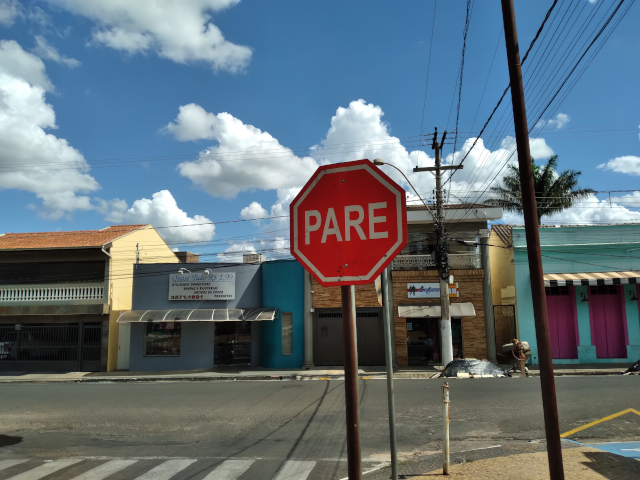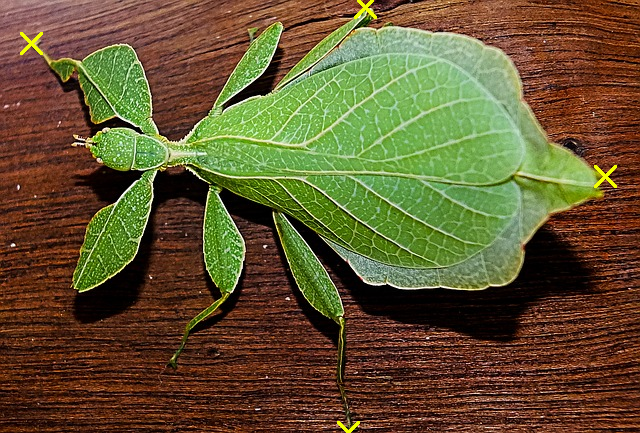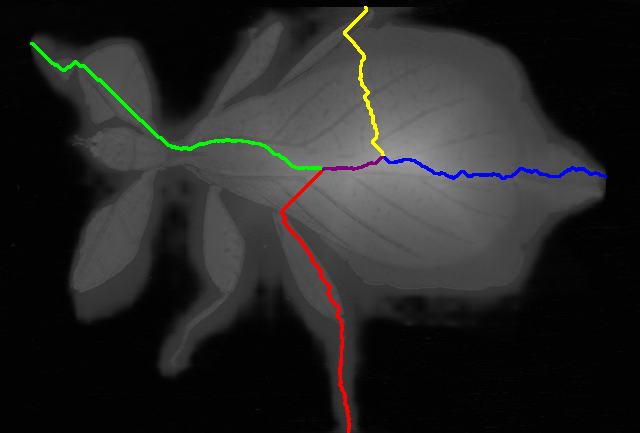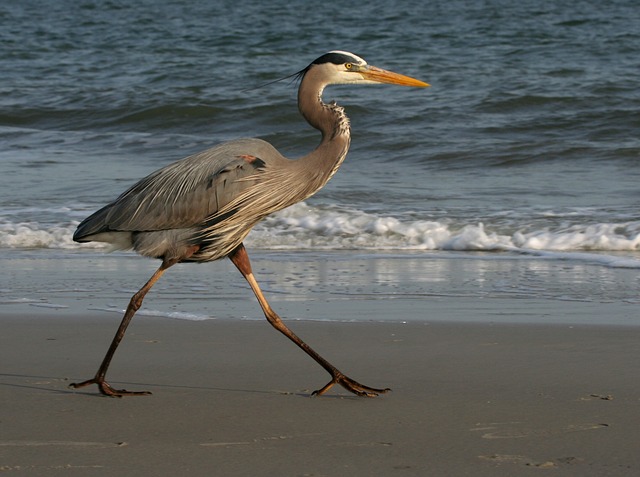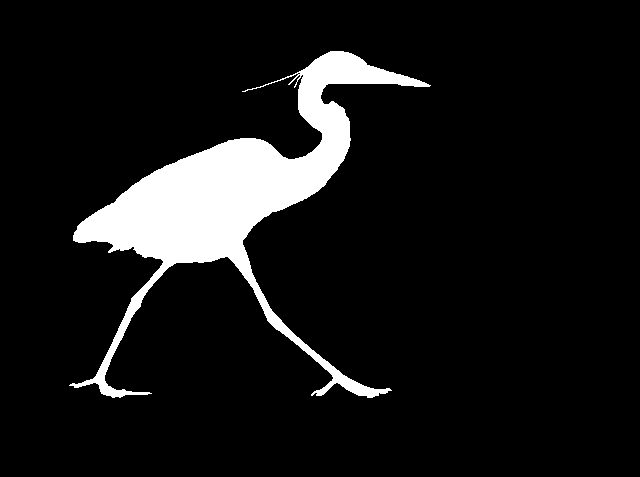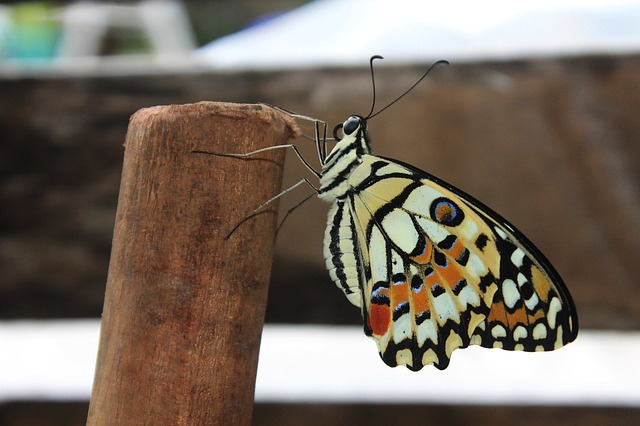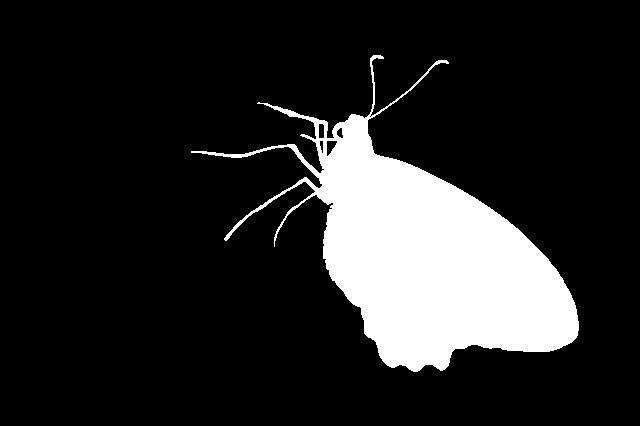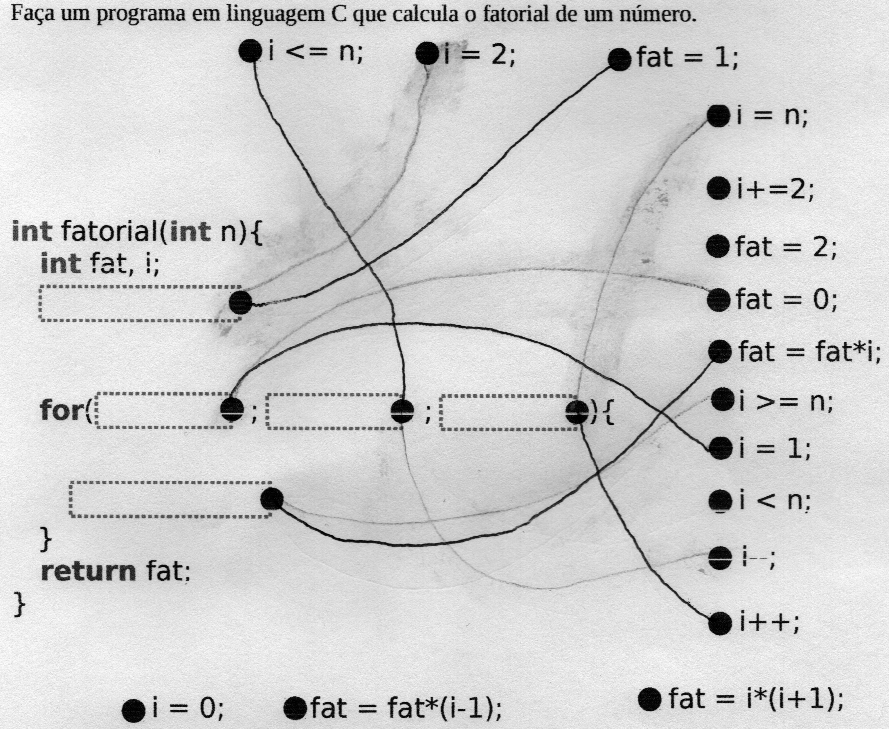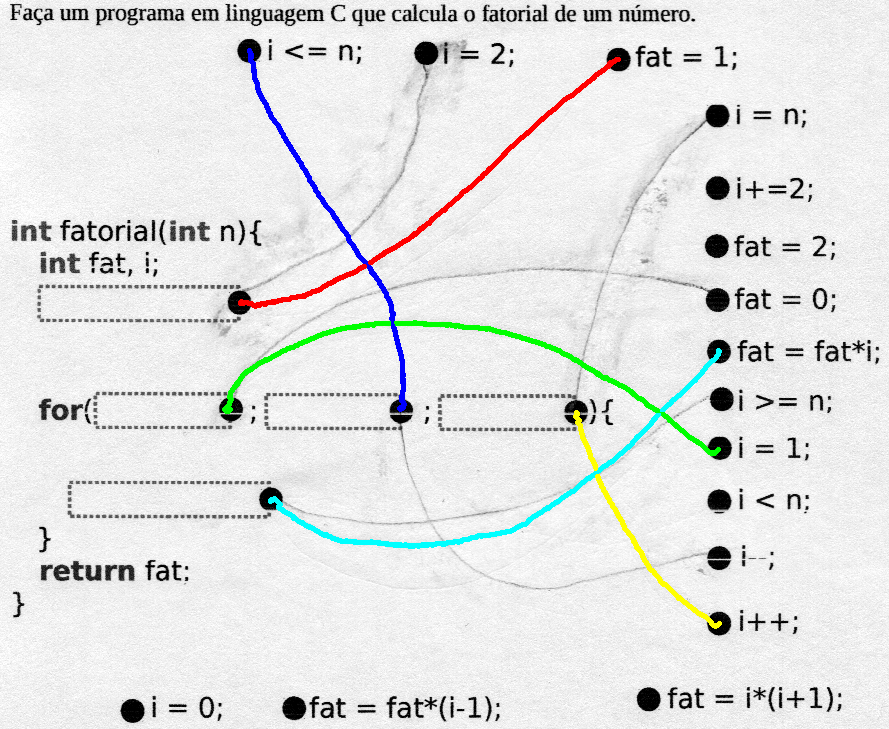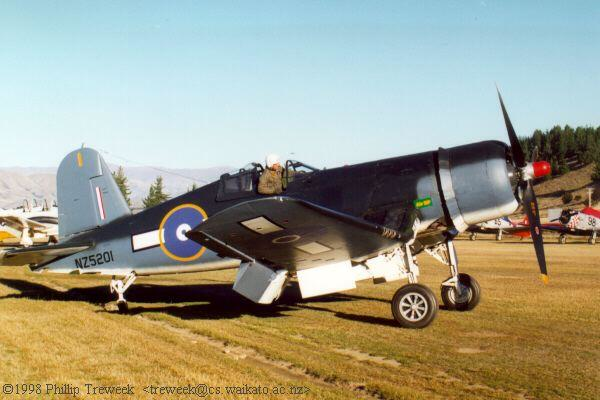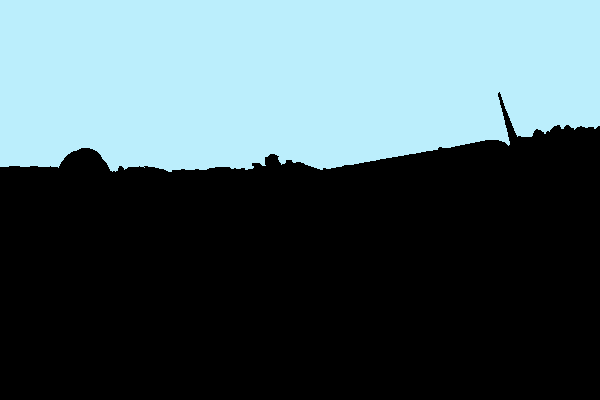Supplementary materials of the paper "Efficient Maximum Euclidean Distance Transform Computation in Component Trees Using Differential Image Foresting Transform":The distance transform is a crucial technique in binary image processing, assigning the distance to the nearest contour to each foreground pixel. In this extended version of our previous work, we enhance our method for computing the maximum distance transform (DT) value, now utilizing the optimized Differential Image Foresting Transform (DIFT) and improved contour extraction processes. These advancements enable more efficient computation of the maximum DT value across all connected components of a grayscale image, significantly reducing computational time by intelligently reusing DIFT trees rooted at contour points (DIFT seeds). Our optimized algorithm now achieves processing speeds that are twice as fast as our previous differential method. The proposed attribute, maximum distance, which measures the thickness of objects within the image, has proven pivotal in different image processing approaches. We showcase this through detailed illustrations of attribute opening, extinction value filters, watershed, and ultimate attribute openings. The details of the experiments, including source code, scripts, and results, are available on GitHub. |
Supplementary materials of the paper "Image Segmentation by Hierarchical Layered Oriented Image Foresting Transform Subject to Closeness Constraints":In this work, we address the problem of image segmentation, subject to high-level constraints expected for the objects of interest. More specifically, we define closeness constraints to be used in conjunction with geometric constraints of inclusion in the Hierarchical Layered Oriented Image Foresting Transform (HLOIFT) algorithm. The proposed method can handle the segmentation of a hierarchy of objects with nested boundaries, each with its own expected boundary polarity constraint, making it possible to control the maximum distances (in a geodesic sense) between the successive nested boundaries. The method is demonstrated in the segmentation of nested objects in colored images with superior accuracy compared to its precursor methods and also when compared to some recent click-based methods. Our databases and source code are available to the community. |
Supplementary materials of the paper "Differential Maximum Euclidean Distance Transform Computation in Component Trees":The distance transform is an important binary image transformation that assigns to each foreground pixel the distance to the closest contour pixel. Among other applications, the maximum distance transform (DT) value can describe the thickness of the connected components of the image. In this paper, we propose using the maximum distance transform value as an attribute of component tree nodes. We present a novel algorithm to compute the maximum DT value of all connected components of a greyscale image in a differential way by joining an incremental method for contour extraction in component trees and the Differential Image Foresting Transform (DIFT). We save processing time by reusing the DIFT subtrees rooted at the contour points (DIFT seeds) of a node in its ancestors until those points are not contour points anymore. We experimentally show that we can compute the maximum distance attribute twice as fast as the node-reconstruction approach. Our proposed attribute is increasing and its applicability is exemplified by the design of an extinction value filter. The ability to select thin connected components, like cables, of our filter is compared to filters using other increasing attributes in terms of their parameters and their resulting images. The details of the experiments, including source code, scripts, and results, are available on GitHub. |
Supplementary materials of the paper "Unsupervised Image Segmentation by Oriented Image Foresting Transform in Layered Graphs":In this work, we address the problem of unsupervised image segmentation, subject to high-level constraints expected for the objects of interest. More specifically, we handle the segmentation of a hierarchy of objects with nested boundaries, each with its own expected boundary polarity constraint. The method is demonstrated in the segmentation of 146 colored images, which contain objects with nested boundaries with ground truth for the innermost object, divided into three categories (Figure 1).
For more information, visit the link here. |
Supplementary materials of the paper "Image Segmentation by Relaxed Deep Extreme Cut with Connected Extreme Points":In this work, we propose a hybrid method for image segmentation based on the selection of four extreme points (leftmost, rightmost, top and bottom pixels at the object boundary, see Figure 2a), combining Deep Extreme Cut (Figure 2b), a connectivity constraint for the extreme points (Figure 2c), a marker-based color classifier from automatically estimated markers and a final relaxation procedure (Figure 2d). The proposed method is able to correct imperfections from Deep Extreme Cut, leading to considerably improved results, in public datasets of natural images.
For more information, visit the link here. |
Supplementary materials of the Doctoral Thesis "Object Segmentation by Oriented Image Foresting Transform with Connectivity Constraints":The three datasets used to evaluate our method are available, which contain objects with thin and elongated parts. These databases are composed of 280 public images of birds and insects from the web site https://pixabay.com/en (Figures 3a and 3c) with ground truths (Figures 3b and 3d).
For more information, visit the author's publisher, Mansilla, or its mirror link here. |
Supplementary materials of the paper "Bandeirantes: A Graph-based Approach for Curve Tracing and Boundary Tracking":The ground truth database of 70 public images and the source code used to evaluate our method are available. The experiments consist in a curve tracing task of an automatic grading system, where the idea is to automatically detect drawn smooth curves connecting empty spaces in a given partial code to the selected options from a large list of commands (Figures 4a-b).
For more information, visit the author's publisher, Condori, or its mirror link here. |
A Dataset for Sky Segmentation:This Sky dataset was used to evaluate superpixel algorithms, using the superpixel-based sky segmentation method proposed by Juraj Kostolansky. It contains a collection of 60 images based on the Caltech Airplanes Side dataset by R. Fergus with ground truth for sky segmentation (Figures 5a-b).
For more information, visit the author's publisher, Eduardo B. Alexandre, or its mirror link here. |
